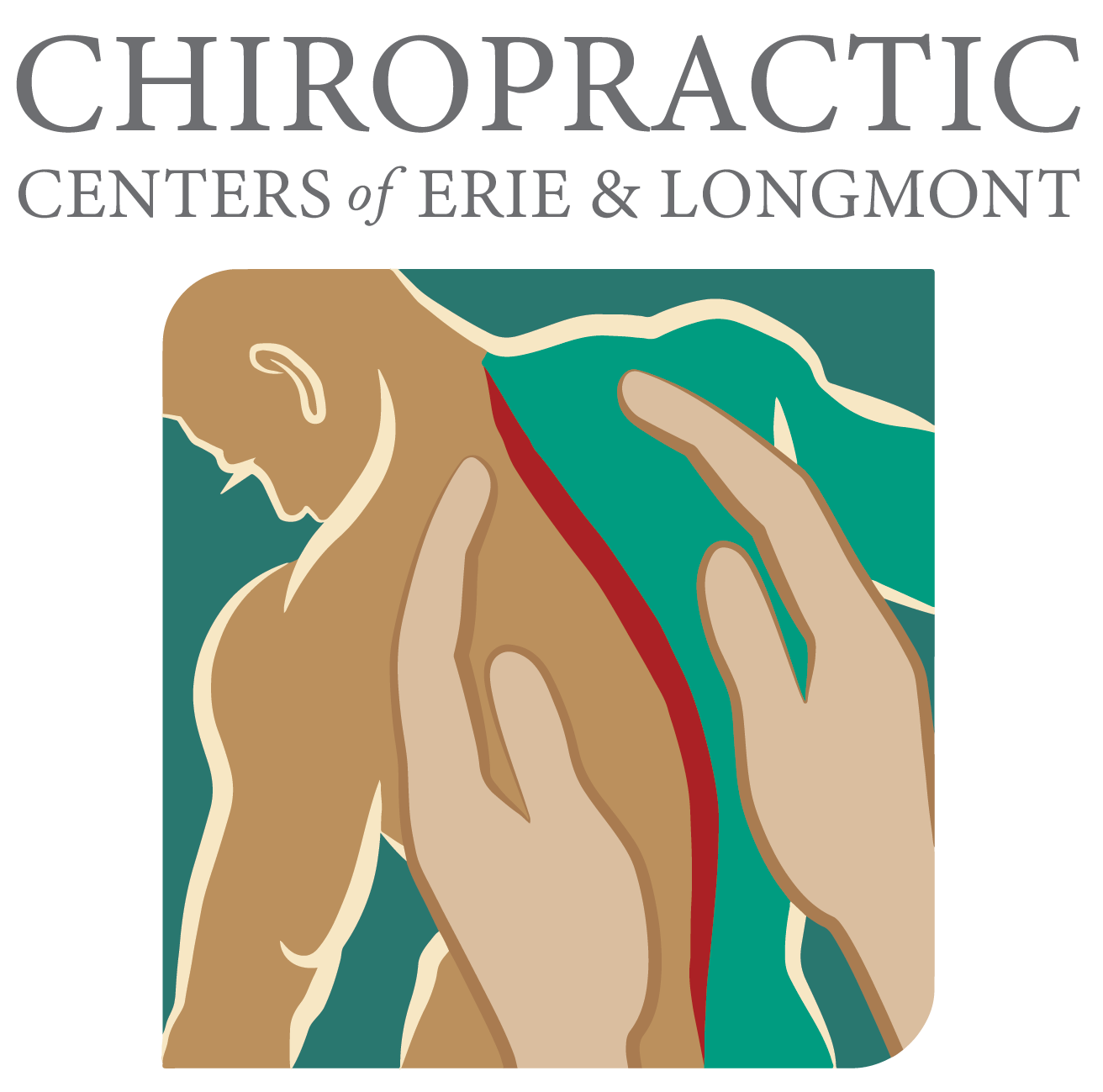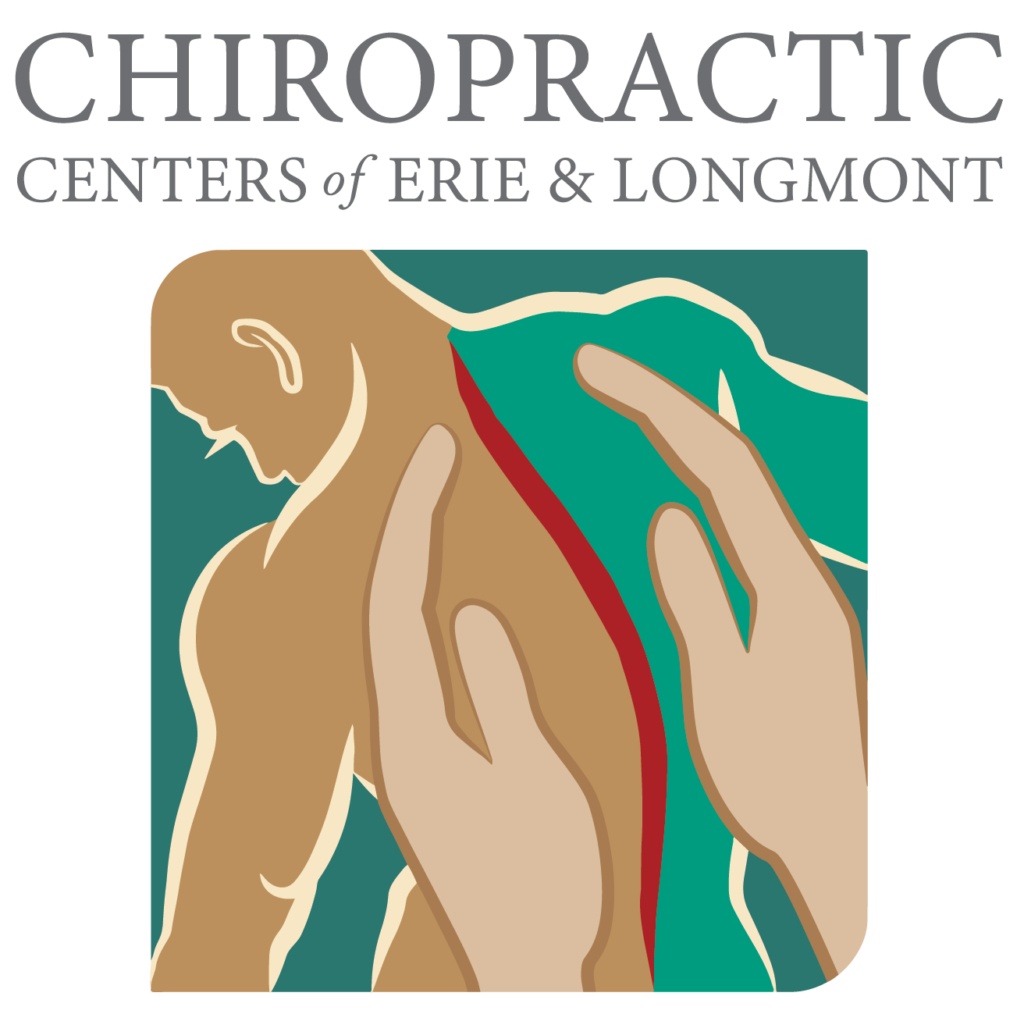Understanding Myofascial Pain Syndrome
If you’ve ever felt tight knots in your muscles that just won’t go away, you might be dealing with Myofascial Pain Syndrome (MPS). This chronic pain disorder affects the fascia, a thin layer of connective tissue that surrounds your muscles. When the fascia becomes tight or damaged, it can create trigger points, which are essentially areas of muscle tension that lead to pain and discomfort. This pain can be localized or spread to other parts of the body, making it a tricky condition to manage.
Myofascial pain syndrome is often the result of repetitive strain, injury, or poor posture, and it can be incredibly persistent. Traditional treatments like medication or physical therapy can offer some relief, but for many, the pain lingers. This is where Myofascial Release (MFR) comes into play.
What Is Myofascial Release?
Myofascial Release is a type of manual therapy that focuses on relieving tension in the fascia to alleviate pain. Unlike traditional massage, which targets muscles, Myofascial Release works specifically on the connective tissue. The technique involves applying gentle, sustained pressure to the affected areas, helping to stretch and soften the fascia. Over time, this can reduce muscle tension, improve flexibility, and decrease pain.
The key to Myofascial Release lies in its gentle approach. Instead of using forceful movements, practitioners use their hands to slowly stretch the fascia, holding each position for several minutes. This allows the tissue to relax and elongate, promoting better blood flow and reducing the pressure on pain-sensitive areas.
Benefits of Myofascial Release
The benefits of Myofascial Release go beyond just alleviating pain. Here are some of the key advantages:
1. Muscle Tension Relief
Myofascial Release helps to loosen tight muscles, which can relieve tension and reduce the occurrence of trigger points. This is especially beneficial for those suffering from chronic conditions like MPS.
2. Improved Flexibility
By stretching the fascia, Myofascial Release can improve overall flexibility. This makes it easier to move without pain and reduces the risk of future injuries.
3. Enhanced Circulation
As the fascia relaxes, blood flow improves. Better circulation helps deliver more oxygen and nutrients to the muscles, promoting faster recovery and reducing inflammation.
4. Alleviating Pain
Many patients report significant pain relief after Myofascial Release therapy. By addressing the root cause of the pain—tight fascia—this technique offers long-lasting results.
5. Reduced Stress
The gentle, calming nature of Myofascial Release can also help lower stress levels. As your body relaxes, so does your mind, making it easier to manage both physical and emotional stress.
Who Can Benefit from Myofascial Release?
Myofascial Release is beneficial for a wide range of individuals, particularly those dealing with chronic pain disorders or muscle tension. Here are some of the groups that might benefit the most:
1. Chronic Pain Sufferers
If you’ve been struggling with chronic pain, especially related to conditions like fibromyalgia or MPS, Myofascial Release might be a game-changer for you. It targets the underlying tissue tightness that often contributes to ongoing pain.
2. Athletes
Athletes often experience muscle tightness and injuries due to intense physical activity. Myofascial Release can help prevent injuries and speed up recovery by keeping the fascia healthy and flexible.
3. Individuals with Poor Posture
Poor posture can lead to muscle imbalances and tension in the fascia. Myofascial Release helps correct these imbalances, improving posture and reducing discomfort.
4. People Recovering from Surgery
After surgery, scar tissue can form and restrict movement. Myofascial Release can help break down this scar tissue, promoting better mobility and reducing pain.
5. Those Suffering from Headaches
People who suffer from tension headaches or migraines might find relief through Myofascial Release. By targeting tension in the fascia around the head, neck, and shoulders, this therapy can reduce the frequency and intensity of headaches.
6. Individuals with Limited Mobility
For those experiencing limited range of motion due to tight muscles or fascial restrictions, Myofascial Release can help restore flexibility and ease of movement, making everyday activities more comfortable.
7. Anyone Seeking Stress Relief
The gentle, calming nature of Myofascial Release not only benefits the body but also helps reduce stress. By relaxing both the muscles and the mind, it’s an effective therapy for managing physical and emotional stress.
Myofascial Release in Chiropractic Care
At the Chiropractic Center of Erie & Longmont CO, we incorporate Myofascial Release into our holistic approach to patient care. Our experienced chiropractors use this technique to complement spinal adjustments and other therapies. By addressing both the skeletal and muscular systems, we can provide more comprehensive care that targets the root causes of pain.
Chiropractic care combined with Myofascial Release offers a powerful duo for treating conditions like Myofascial Pain Syndrome, sports injuries, and even headaches. By releasing tension in the fascia, we can help our patients experience faster, more effective relief from their symptoms.
Finding a Qualified Myofascial Release Practitioner
When it comes to Myofascial Release, finding a qualified practitioner is crucial. This technique requires a deep understanding of the body’s fascial system and the ability to apply pressure with precision. At Chiropractic Center of Erie & Longmont CO, our team is trained in the latest Myofascial Release techniques, ensuring that you receive safe and effective care.
Look for a practitioner who is experienced in treating conditions similar to yours and who can provide personalized treatment plans tailored to your specific needs. It’s also important to choose a clinic that integrates Myofascial Release with other therapies, such as chiropractic care, to achieve the best results.
Chiropractic Center of Erie & Longmont CO
Experience the Best Chiropractic Care in Erie & Longmont CO. Voted best of the west 11 times! At our clinic, we are proud to have served the Front Range community for over 29 years. Our experienced team of specialists has provided the highest quality care to thousands of patients.
Frequently Asked Questions
What is Myofascial Release and how does it work?
Myofascial Release is a manual therapy technique that targets the fascia, a connective tissue, to relieve tension and reduce pain. It involves gentle, sustained pressure to stretch and soften the fascia, improving flexibility and reducing discomfort.
Who can benefit from Myofascial Release therapy?
Myofascial Release is beneficial for chronic pain sufferers, athletes, individuals with poor posture, people recovering from surgery, and anyone looking to improve mobility or relieve muscle tension.
Is Myofascial Release effective for treating chronic pain?
Yes, Myofascial Release can be highly effective for treating chronic pain conditions like Myofascial Pain Syndrome and fibromyalgia by addressing the underlying tightness in the fascia that contributes to persistent discomfort.
How does Myofascial Release help athletes?
Myofascial Release helps athletes by reducing muscle tightness, preventing injuries, and speeding up recovery times. It promotes flexibility and improves circulation, which aids in faster healing and performance.
Can Myofascial Release relieve headaches?
Yes, Myofascial Release can help relieve tension headaches and migraines by targeting fascial restrictions around the head, neck, and shoulders, reducing the frequency and severity of headaches.
How often should you get Myofascial Release therapy?
The frequency of Myofascial Release therapy varies depending on the individual’s condition. Chronic pain sufferers or athletes may benefit from regular sessions, while others might find relief with occasional treatments as needed.







